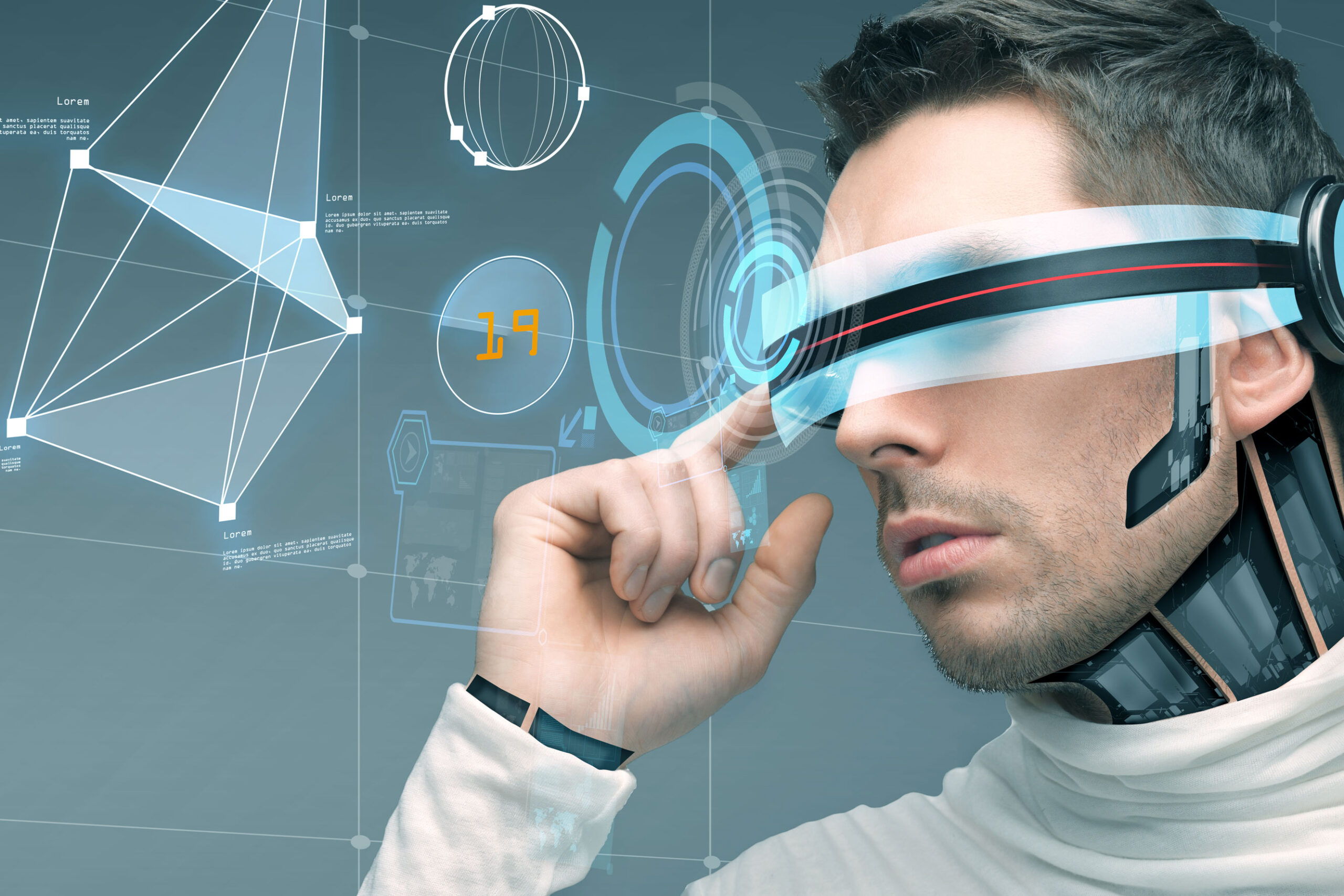Technology has evolved at such a rapid pace that keeping up with it could be a full-time job. For example, you walk out of your local cell phone store, happy as a yogi in a sweat lodge, with the latest model iPhone only to come face to face with a billboard advertising the next generation iPhone “soon to be released.” This may be a slightly exaggerated hypothetical, but not far from the truth. Technological advancements have intertwined with every aspect of our lives, from how we communicate, work, date, eat, socialize, watch entertainment and thankfully, how we are able to monitor our health.
In 1965, the first fitness tracker was the “Manpo-Kei” which translates to “10,000 steps meter.” This wearable fitness tracker was invented by Dr. Yoshiro Hatano, a Japanese professor who was researching ways to fight obesity. This 10,000-step model is the benchmark still used today in modern fitness trackers. It is great for motivation, as an obtainable goal as well as to balance our caloric intake versus our daily activity. Little did Dr. Hatano know he had invented a device that would send shockwaves through the tech market 50-years later. The wearable technology market is valued around $115.8 billion worldwide (thanks Doc!).
After the Fitbit hit the market in 2009 other companies quickly followed suit. Apple dominated the market, raking in $9 billion in 2015 with their first-generation Apple watch which included a fitness component1. But enough about companies that have more money than grains of sand on the beach!
Wearable Healthcare Technology
Wearable Healthcare technology is increasing in popularity. Devices such as the Apple Watch or a Fitbit track your heart rate, physical activity and other specifics about your health which can be sent directly to your doctor in real time. Here are some of the capabilities of the modern fitness tracker:
- Blood Pressure
- Heart Rate
- Sleep Patterns
- Calorie count & calories burned
- Location
- Walking, jogging or cycling routes
- Physical activity counted in steps (or hours per day)
- Fall detection
With the rising cost of health insurance companies encourage their employees to take preventative measures such as utilizing wearable technology. This proactive approach to health care is also advantageous for insurance companies. If employees are willing to wear a fitness device, some insurance providers will offer a discount on their health insurance2 (note: the tracker will also record the hours/days of inactivity from binge watching an entire series on Netflix over the course of a weekend, so this info will no longer be a secret between you and the remote, just FYI).
New Wearable Technology
The demand and interest in wearable technology is growing rapidly as more consumers become proactive about their health care. This increase in demand shifted the medical industry and jump-started the wearable technology industry into high gear.
One new wearable tech device that may raise your interest (as well as your credit card bill) is the “Apollo.” For those who suffer from anxiety, stress and insomnia, Apollo is a wearable watch-type device which uses sound-touch therapy. The wristband sends vibrations at different frequencies that interact with your nervous system to aid in the relief of stress, anxiety and insomnia. The Apollo is able to be set to multiple frequencies for when you want to be energized and awake, clear and focused, to sleep and renew as well as four other frequency settings3. Whether this device is suitable and will work for everyone; the jury is still out.
We think of wearable technology as mostly tech you wear on your wrist, but many companies have come up with wearable devices in many different forms. Here are some of the latest in wearable technology:
- Smart Earphones
- Smart Clothing (works in unison with your smartphone)
- Smart Ring (controls phone’s apps, contactless payment, unlocks car doors)
- Ray Ban’s Smart Sunglasses (records video, pictures, plays music)
- Smart Medical Wearables
- Smart Cycling Helmet (lights up when you break, route recording, etc.)
In the healthcare field the “QuardioCore Wearable ECG EKG Monitor” is considered to be breakthrough technology in wearable devices. With unlimited applications, biosensors perform data recording, collecting and continuously monitor a patient’s vital signs. This could be a life-changing device for many people with chronic health conditions4.
The sky will soon not be the limit when it comes to the evolution of technology. To think of life before cell phones and the internet is hard to remember, or for some to even imagine and this was merely a little over three decades ago. This is not a long period of time considering the span of human’s existence on Earth. The more we take responsibility for our health and are willing to take preventative measures to stay healthy, the more money will be funneled into wearable technology that will hopefully increase the quality of life for many people for years to come.
Contact your sales rep. or email us at sales@vitajoyusa.com to take advantage of special pricing.
**These statements have not been evaluated by the FDA. This product is not intended to diagnose, treat, cure or prevent any disease.
References
- A Study of Fitness Trackers and Wearables, https://www.hfe.co.uk/blog/a-study-of-fitness-trackers-and-wearables/.
- Latest trends in medical monitoring devices and wearable health technology, https://www.insiderintelligence.com/insights/wearable-technology-healthcare-medical-devices/.
- Get To Know A Calmer More Mindful You, https://apolloneuro.com/.
- 7 Coolest Wearable Electronics You Need to Have in 2022, https://www.online-tech-tips.com/gadgets/7-coolest-wearable-electronics-you-need-to-have/.
